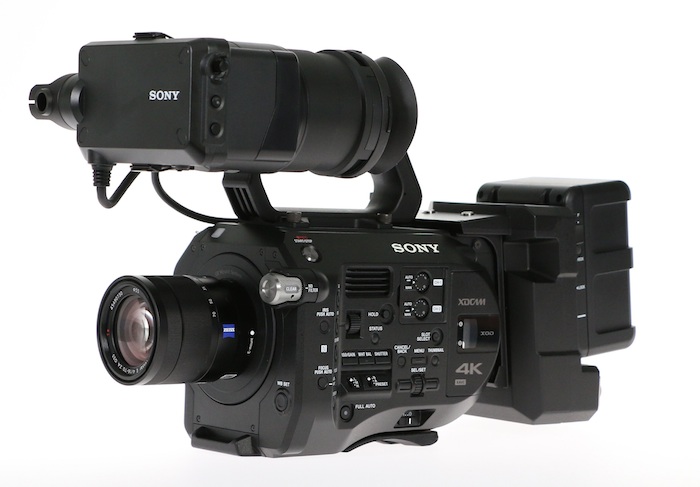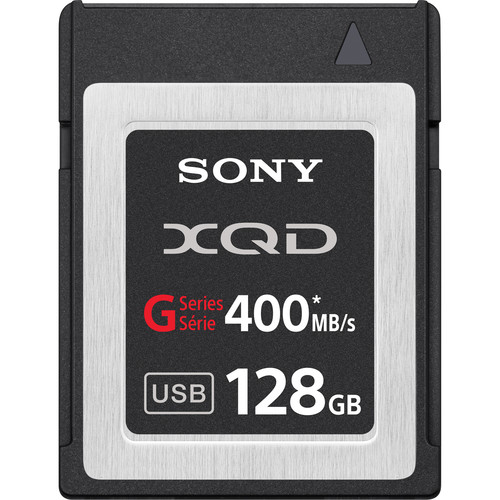Alongside the new Sony PXW-FS7 XDCAM, Sony recently released a new 128GB XQD G Series memory card with data transfer rates up to 400MB/s read and 350MB/s write speeds.
The cards were developed specifically to accommodate the Sony FS7’s Slow and Quick motion and internal 4K recording capabilities. The FS7 records internally in 4K up to 60fps in UHD 3840 x 2160 and in HD up to 180fps using XAVC-I or up to 120fps with XAVC-L.

Sony PXW-FS7
The old Sony XQD S Series cards delivered a max 180MB/s write speed depending on the device in which it is used. The new G Series will accommodate the necessary sustained write speed required for the internal recording of 4K and HFR video on the Sony FS7.
The Sony 128GB G Series XQD card retails for $799.95. Check it out here at B&H Photo.
32GB and 64GB models are also available for about $163 and $363, respectively. Check them out here at B&H Photo.



I don’t understand why these are so much more than SSDs? Is it purely the price of miniaturisation?
Sony has a history of inflating the prices of their semi-proprietary type of cards. When MemoryStick first came out, they did the same thing.
Until the competition kicks in with speeds that can actually hit these specs, the Sony prices will remain inflated – banking on the fact that everyone buying this camera NEEDS memory cards, and likely lots of them.
Think Lexar is the only other company making these cards currently, but their cards are not hitting these speeds. And for 4K you need FAST cards if you want to avoid dropped frames.
There may be others supporting XQD, but none of the other reputable brands are supplying currently – SanDisk, Delkin, Transcend, PNY, etc.
Sony does have that history; however, next-gen cards are expensive across the board. And, if you consider these pro video cards, then they aren’t too out of the ordinary when you consider SxS and P2 cards. Also, CFast 2.0 cards are quite high as well.
SanDisk has said it is not doing anything with XQD. It looks like that will be a Sony and Lexar thing going forward. Unless XQD just flat-out dominates CFast 2.0, then SanDisk won’t be in the market at all. SanDisk believes CFast is a superior format and CFast cards have been much faster when you compare what has come out of the gate thus far.